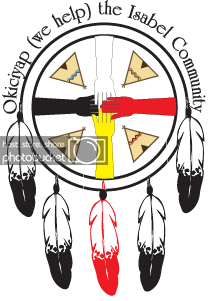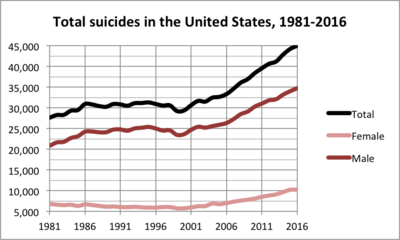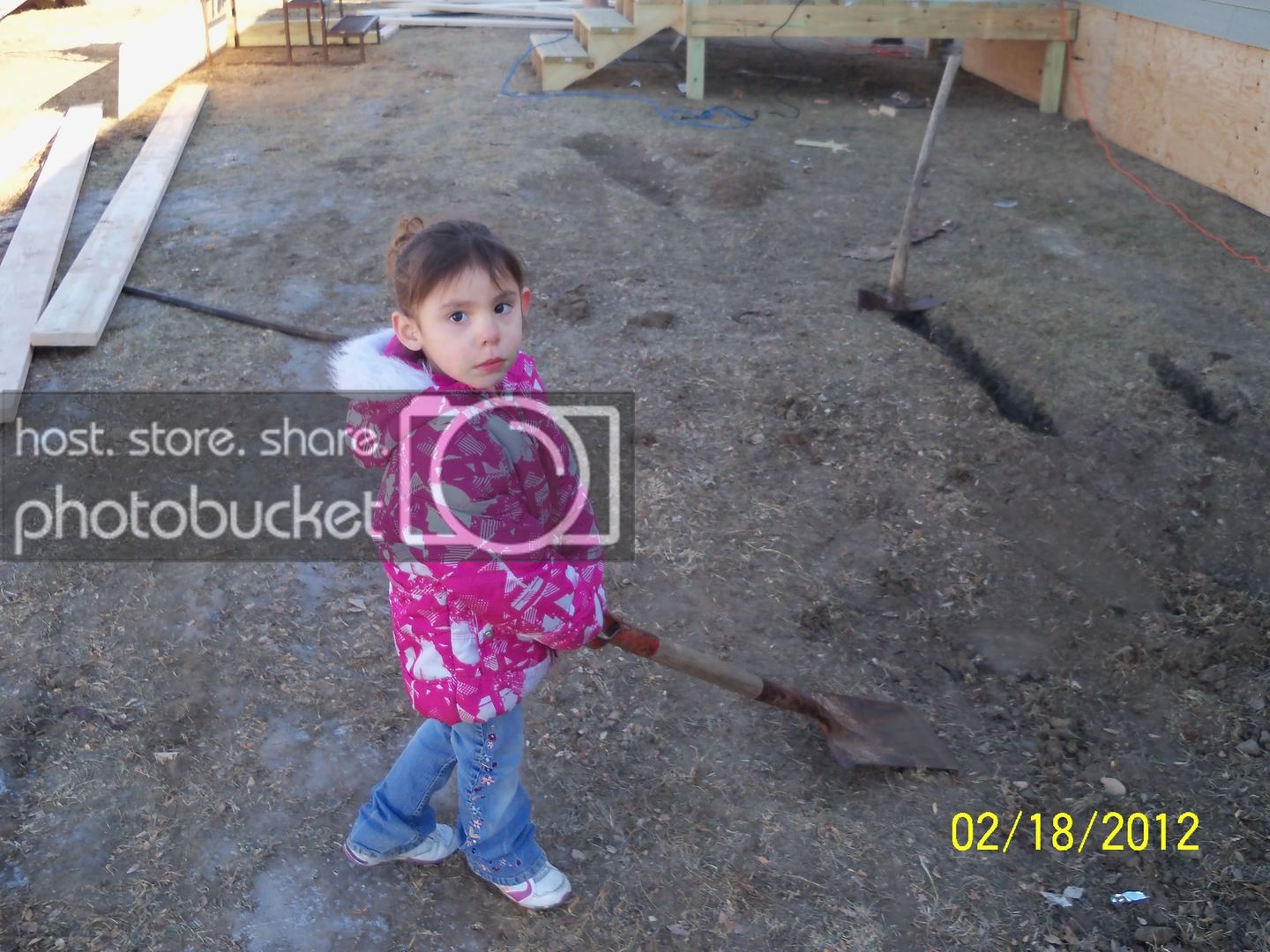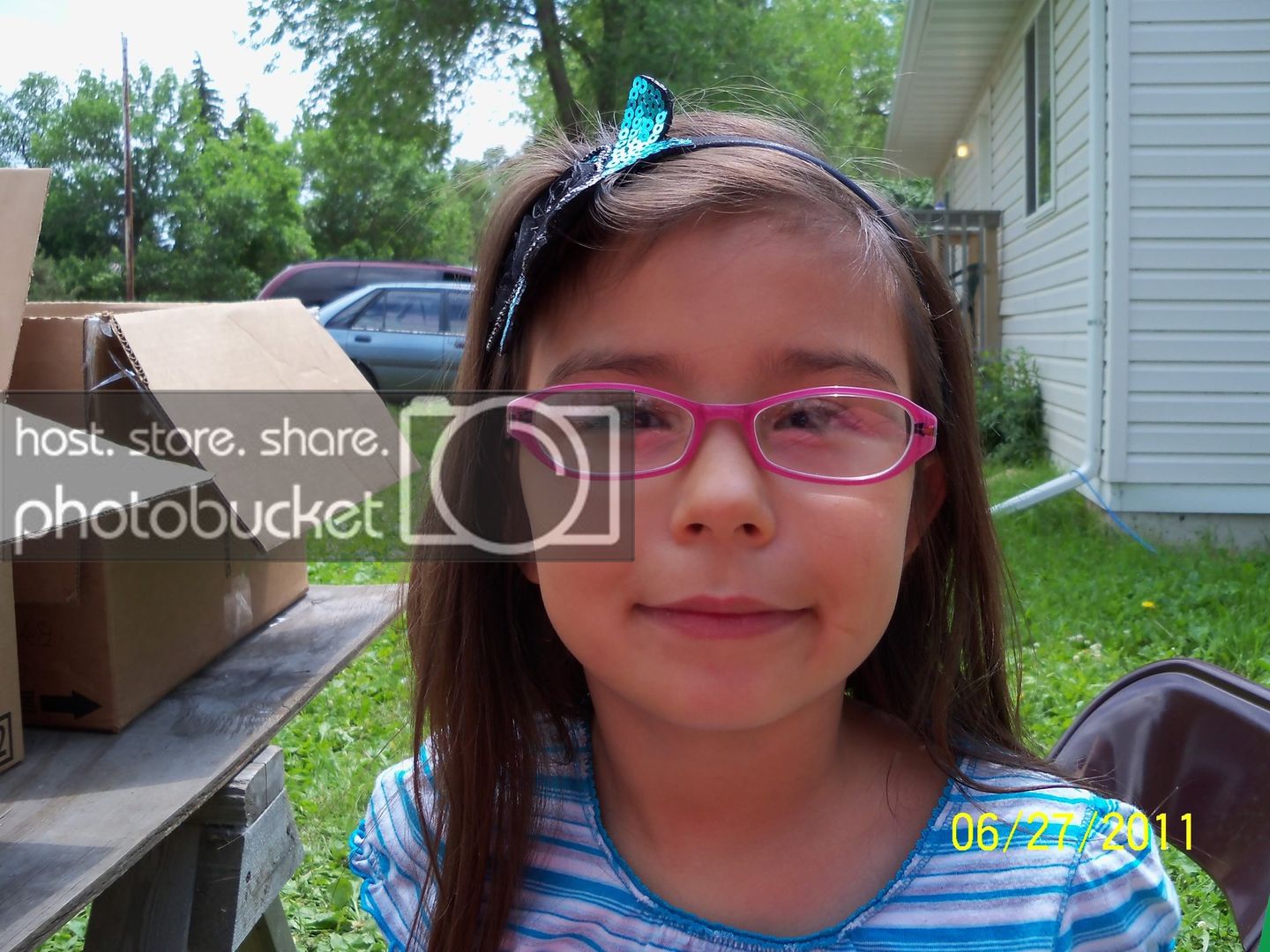( – promoted by navajo)

I hate the winter. I especially hate the darkness and the cold. Yes, I have Seasonal Affective Disorder. But I also have a warm apartment and a job, even if I am underemployed right now….
But I’m only SAD….add unemployment, terrible housing, hunger pangs and a chronic health condition or two to this cold and darkness, and you have winter misery on many an Indian Reservation in this the richest country in the world.
On the reservations in the Great Plains and many other places in this country, the unemployment rate hits 80 or 90 percent in the winter. Saying that the housing is God awful is an understatement; homes leak like a sieve and the only thing people have only to try to keep out the cold are sheets of plastic. The unemployed and the elderly in particular don’t have enough money to heat their homes in the winter. That’s why navajo began the propane drive last year.
So, people are freezing cold in the winter, but they’re also hungry, and tend to have health problems that aren’t helped any by the hunger and cold.
More below the orange squiggle…and action you can take if this travesty infuriates you as much as it does me. At the end of the day, this is an action diary.
While I was writing this I started to think about the Occupy Wall Street movement, and whether it’s really aware of the plight of the people at the bottom 1% of the 99%. So then a post came through on my Facebook friend’s page written by Deborah White Plume about this very issue. She’s giving permission to use it, and someone is promising to read it the Occupy Cincinatti General Assembly meeting.
We have a long way to go to reclaim justice for everyone in this country:
I will believe the occupiers everywhere in their statements that they want their American Constitution upheld when they begin to speak the message that their Constitution, Article 6, includes Treaties are the Supreme Law and start to press their American Government and American People to honor the Ft Laramie Treaty with our Lakota Nation, Cheyenne Nation and other Nations that signed it.
The occupiers everywhere when they start to do this, then they are walking their talk. Until then, it is empty words as far as I am concerned and by their silence on this situation they are participating in the oppression of our people and their silence contributes to the genocide of my nation.
We are the poorest of the poor, our death rate is the highest, our suicide rate is the highest, our unemployment has been at 85% for the past five decades, we die young from curable illnesses, our water is contaminated, and American people send their $$ to other countries.
We are the Third World right here in the USA, created by the American Government and the continued Silence of the American People. We do not want your old used clothes. We want your ACTIVE, LOUD support for the enforcement of our Ft Laramie Treaty. -Debra White Plume
Cold
See navajo’s most recent diary with pictures of the people helped by the propane fundraiser last year, as well as info if you want to buy some more this year.
For more information on the “cold” issue, see her other diaries too:
Here we go again: Blizzard hits Dakotas
Pine Ridge: American Prisoner of War Camp #334
Revealing Pine Ridge Rez Demographic Information
You will be really well-informed just by reading those diaries…
Hungry
Many people reading this will have experienced hunger in their lifetimes, which may surprise you considering the demographics of this site. I know this because it comes up in the comments….
Researchers talk about hunger in terms of food insecurity. So, what is food insecurity?
Basically, food insecurity is not having enough food to meet basic needs. As you can imagine, food insecurity in general has been increasing across the U.S.
In 2009 to 2010, nationwide 20% of families with children had food hardship issues.
The Native American population is more likely to have food insecurity issues than the rest of the population. And households without children within that population tend to be even more food insecure. And it’s worse for people living in non-metropolitan areas. In the 1990s the rates were around 25%. I haven’t found more recent data but if you think about how it’s grown in the general population during that period, you will dread thinking about how food insecurity has grown in among American Indians and Alaska Natives.
And yet…
According to the Office of Minority Heath in HHS:
American Indian/Alaska Native women are 40% more likely than White women to be obese.
American Indian/Alaskan Natives are 1.6 times as likely to be obese than Non-Hispanic whites.
American Indian or Alaska Native adults (30.4%) were as likely as Black adults (30.8%) and less likely than White adults (40.9%) and Asian adults (62.8%) to be a healthy weight.
American Indian or Alaska Native women (29.4%) were less likely than Black women (36.6%) and more likely than White women (20.3%) and Asian women (5.8%) to be obese.
Actually, researchers have found a relationship between obesity/overweight and food insecurity.
It’s two sides of the same coin. You can imagine some of the reasons: poor people have access to less healthy food, whose concentrated fat and sugar are satiating but high in calories and low in nutritional value, there is often no or little fresh food available (this phenomenon is called a food desert, and it exists in many parts of the country), and where it is available, it’s more expensive.
I don’t know if you saw the 20/20 special Children of the Plains, but I notice the kid’s splotchy skin right away. That’s from poor nutrition.
Additionally, people who have to subsist eating lots of government commodities aren’t helped any in this regard, especially if they’re diabetic. Here’s the list of things provided under the government food program.
Sick: Health Disparities
Health disparities are serious differences in health access and outcomes experienced by racial, ethnic and sexual minorities.
For a good discussion and case studies on this issue and the relationship between structural violence and poor health outcomes, see Dr. Paul Farmer’s book Pathologies of Power.
This is the health situation of the American Indian and Alaska Native population (IHS data)
American Indians and Alaska Natives die at higher rates than other Americans from tuberculosis (500% higher), alcoholism (514% higher), diabetes (177% higher), unintentional injuries (140% higher), homicide (92% higher) and suicide (82% higher). (Rates adjusted for misreporting of Indian race on state death certificates; 2004-2006 rates.)
The leading causes of death:
Diseases of the heart, malignant neoplasm, unintentional injuries, diabetes mellitus, and cerebrovascular disease are the five leading causes of American Indian and Alaska Native deaths (2004-2006).
Dr David Jones cautions people to remember this when thinking about the reasons for health disparities among Native Americans:
The existence of disparities regardless of the underlying disease environment is actually a powerful argument against the belief that disparities reflect inherent susceptibilities of American Indian populations. Instead, the disparities in health status could arise from the disparities in wealth and power that have endured since colonization. Such awareness must guide ongoing research and interventions if the disparities in health status between American Indians and the general population are ever to be eradicated.
Indirectly, he’s talking about structural violence.
Youth Suicide
One of the things that hunger, cold, and poverty can breed is hopelessness among the youth, especially those from families dealing with alcoholism, domestic violence and other problems. This has lead to astronomical suicide rates among the youth on many reservations.
1999-2007, American Indian/Alaska Native (AI/AN) adolescents and young adults had the highest unadjusted death rate per 100,000 population among other age groups and races/ethnicities.
American Indian/Alaska Native youths had substantially greater rates of suicide than young persons of other races.

If you go to minute 39 in this hour long documentary, The Canary Effect you will find a good description of the causes of this. It’s a very well done film and worth the hour to see it (this is the full video). It also mentions a suicide pact among 10 youths on the Cheyenne River Reservation (minute 44)
HOPE
OK, there’s more than enough despair to go around. But there IS hope too, and it’s coming from people on the reservations.
You might now be either numb, outraged, a combination of the two, and wondering what you can do to help.
We’ve been doing a few things around here…first, under
navajo’s incredible leadership, making these issues visible. You can support Native American Netroots by visiting the site, and commenting on the diaries.
You may be also familiar with the project that Kossacks made possible, Pretty Bird Woman House, which is the only women’s shelter on the Standing Rock Reservation. It’s still functioning, but without the shelter director, Georgia Little Shield, whose determination was so instrumental in getting us motivated to raise enough money for a house. If Georgia puts her mind to something, it happens.
Georgia resigned for health reasons, but now she’s doing better, and has become the Board president of a new grassroots organization called Okiciyap (we help) the Isabel Community, which just received its tax status as a 501 (c) 3 organization. They have started a food pantry and want to (start youth development programs, including a GED program and counseling. You see, Isabel is 30 miles from Eagle Butte and often the youth can’t get there for schooling or other needs.
I would like to make this and the propane drive our seasonal action this year.
Right now they are working out of a trailer lent them by a board member, but a 30×60 building has been donated but they have to bring it back to Isabel. Here’s the breakout of what that’s going to cost:
Moving the Building
Transport 30 miles $7000.00
Building forms to set building down $2500.00
Skirting of building and new ramp $2500.00
Total $12,000.00
This will be done by a contractor that knows how to transport the building and is a professional and will set and put the building together when it gets to Isabel. The Build of the forms will be done by a cement contractor Jackson’s cement out of Timer Lake SD. The skirting and Ramps will be done by volunteers with the SD specification of disability Ramps.
One year Electricity $3000.00
One year water and sewer $780.00
One year Propane and Tank set up $1800.00
Hook up to the to Town sewer and
Water pipes $2000.00
Total $7580.00
We are requesting a one year utility for the building and when this year is up we should be able to have fund raised and applied for grants to run the building. We will need to get hooked into the city sewer and water so we will have this done by the city.
Total amount requested $19,580.00
Notice how they left out a computer and internet service? I rounded the figure to $20,000
While we raise this money don’t think they’re just sitting around. This is a serious grassroots organization:

I have started a website Okiciyap, where you can go to get more information.
Here are their goals:
To provide educational, recreational, cultural, health and lifelong learning opportunities for youth and adults.
To offer educational advancement opportunities for adults and seniors.
To ensure that no one in Isabel or in surrounding areas goes hungry
If you would prefer to send a check:
Georgia Little Chair, Board Chair
Okiciyap
PO Box 172
225 W. Utah St
Isabel SD57633
They’re starting from scratch from the grassroots. Lets give them a hand.
No dough, but willingness to help? Write some diaries on this with us!


Leave a Reply